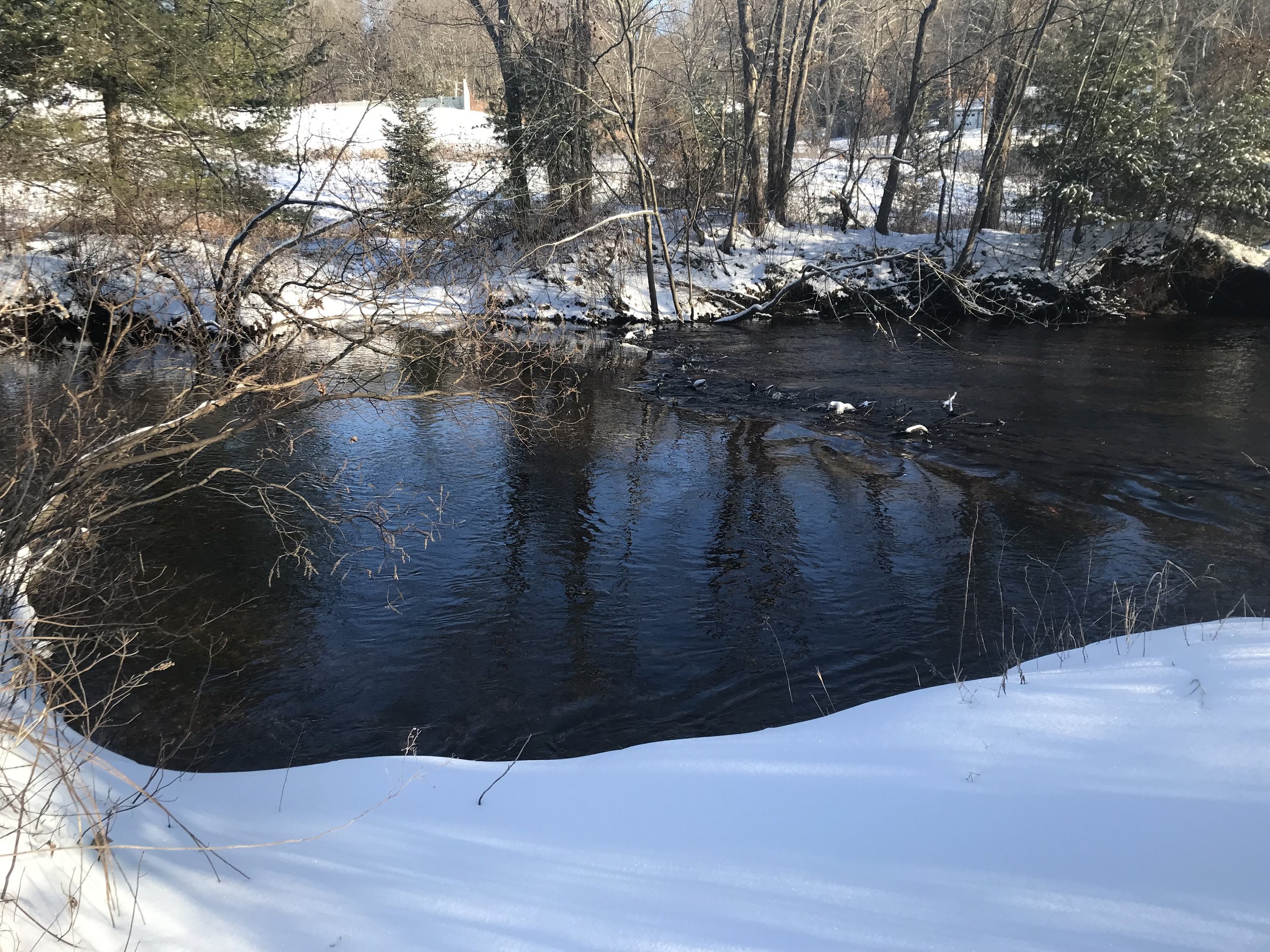
What You Should Know
Rain Gardens to the Rescue!
Fish Passage
Watershed Planning
The Narragansett Bay Estuary Program convened a “diverse group of watershed interests over a series of eight meetings from December 2019 to September 2021 to collaboratively develop a final needs assessment report that describes current high priority needs and 20 recommended actions that can be completed within roughly five years to help restore and sustain the Blackstone River Watershed in the face of urbanization, climate change, and other challenges.”
Fishing in the Blackstone River
The Blackstone River has come a long way, but it is still not considered safe to swim in the River or to consume fish from the River. However, it is safe for canoeing and kayaking. Many individuals, groups, and organizations are working to improve the water quality of the river and to improve its rating to a class B river.
Water Quality
The water quality of the Blackstone River, though impoverished by over a century of industrial pollution, has made a comeback due to federally mandated clean water standards starting in the 1970's. Local cleanup initiatives are not sufficient, however, to remedy residual industrial-related conditions, such as toxic sediment buildup behind dams. Environmental remediation at the federal level needs to include supporting land use decisions made at the local level. Non-point source pollution (runoff from many sources) from development occurs when excavations are conducted without proper sediment containment, where there is excessive stormwater runoff, and when certain landscaping maintenance practices are used. Both surface and groundwater are affected by non-point source pollution.
To learn more about the water quality in the Massachusetts section of the watershed you can read MA DEP's Blackstone Water Quality Assessment Report. To learn about the water quality in the Rhode Island section of the watershed you can read Rhode Island Department of Environmental Management's Report.




